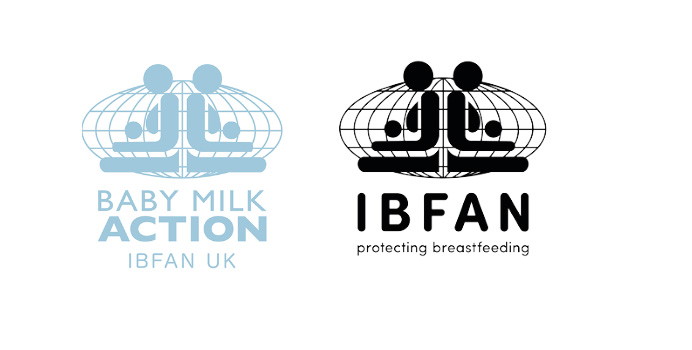New Concerns about soy-based formulas.
Babies fed soy-based formula have changes in reproductive system tissues
CHOP co-author of NIH-led study: Subtle estrogen-like responses in infants point to need for longer-term follow-up of effects March 12, 2018, Children’s Hospital of Philadelphia
- Summary: Infants who consumed soy-based formula as newborns had differences in some reproductive-system cells and tissues, compared to those who used cow-milk formula or were breastfed, according to a new study. The researchers say the differences, measured in the months after birth, were subtle and not a cause for alarm, but reflect a need to further investigate the long-term effects of exposure to estrogen-like compounds found in soy-based formulas.
The First Steps Nutrition Trust has very informative reports on formulas on the UK market, including soy-based formulas. Click Here for the FSNT report on Specialised formulas. Click here for just the soya pages.
Many countries have issued statements about the risks of Soya formula over the years: For example:
UK Since 2004 the UK Position 1 has been clear that soy formulas should not be used as the first choice for the management of infants with proven cow’s milk sensitivity, lactose intolerance, galactokinase deficiency and galactosemia. The warning, based on a report by the Committee on Toxicity noting the long-term risk posed for reproductive health linked to the high levels of phytoestrogens found in these products. The MOH also advices there are “ no health benefits associated with the consumption of soy-based infant formulas”.
British Dietetic Association, 2003
In an announcement published in the Journal of Family Health Care2, the Association notes that “Dietitians should discourage the use of soy protein in children with atopy or cow’s milk allergy in the first six months of life to avoid sensitization to soya protein and exposure to phytoestrogens while organ systems remain at their most vulnerable. This would include the use of soy infant formula…When a soy based infant formula is used parents should be informed of current findings relating to phytoestrogens and health and on the clinical need for soy formula.”
This notification follows a category of others.
Australia, March 1999
The Australian and New Zealand Food Authority3 warn that infants fed soy formulas are exposed to 47mg of isoflavone per day and that this level is at least 240 times greater than consumed by breastfed infants. The report notes concerns about the potential to adversely affect subsequent sexual development and fertility.
New Zealand, December 1998
New Zealand’s Ministry of Health recommends4 that soy-based infant formulas should only be used under the direction of health professionals for specific medical indications. Other options should be considered first. As well clinicians are urged to be aware of the use of soy formulas and thyroid function and to consider assessment of thyroid function when satisfactory growth and development is not achieved.
Switzerland, 1997
The Swiss Commission on Food, also issues an information sheet to all paediatricians based on a review report5. This report too warns that very restrictive use should be made of soy formulas because of the potential harm from isoflavones.
References:
- Department of Health CMO’s Update. Advice issued on soy-based infant formulas. January 2004, page 2
- The British Dietetic Association Paediatric group position statement on the use of soya protein for infants. J Fam Health Care 13: 93, 2003
- ANZFA Phytoestrogens: An assessment of the potential risks to infants associated with exposure to soy-based infant formula. March 1999
- Tuohy, P. Soy-based infant formula. Ministry of Health, Wellington, New Zealand, December 1998
- Zimmerli B. et al. Existence and development of isoflavones daidzein and genistien in baby food. Communication regarding food stuffs in Hyg. 88:19-232, 1997″
Artificial baby milks:how safe is soya? by Tessa Martyn, Midwives The official journal of the Royal College of Midwives Vol 6 No5 May 2003 Tessa SOYA pdf copy
